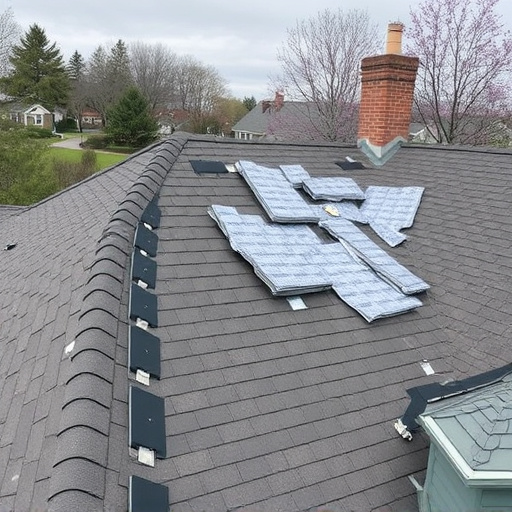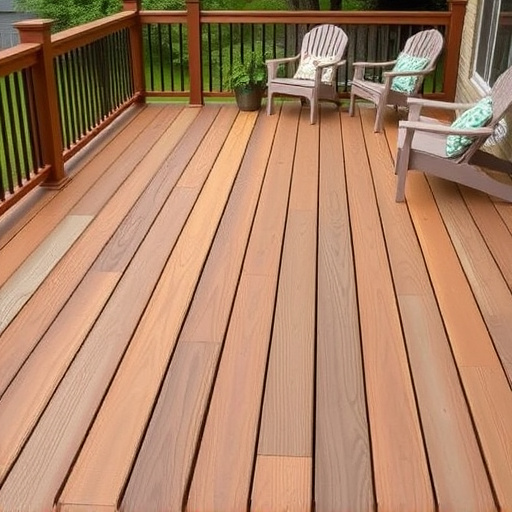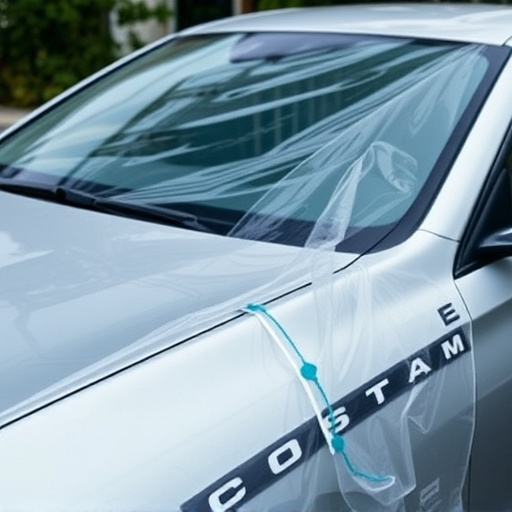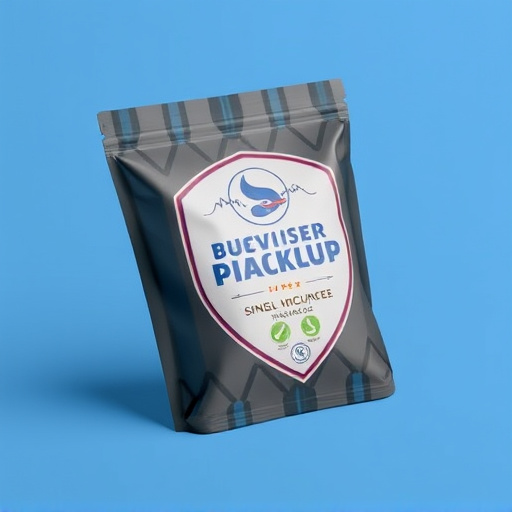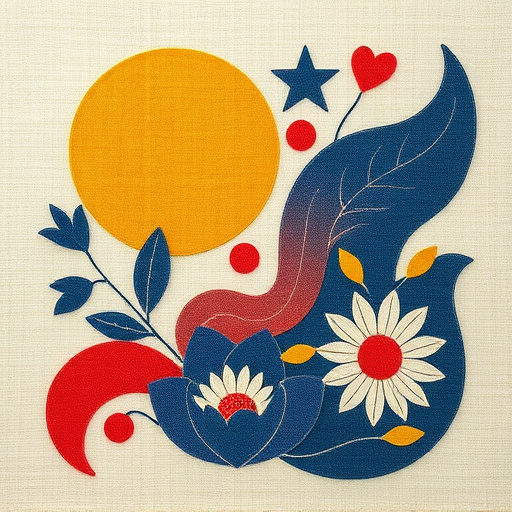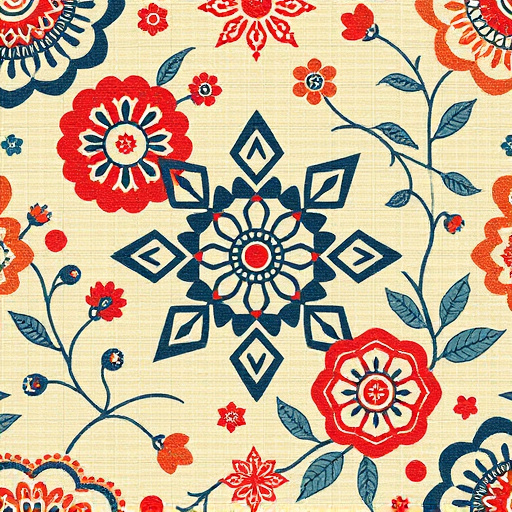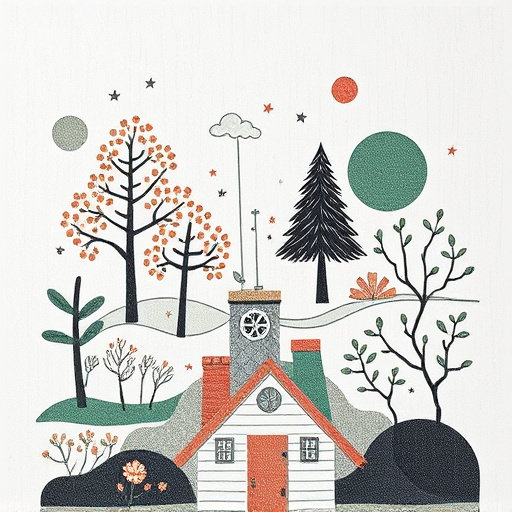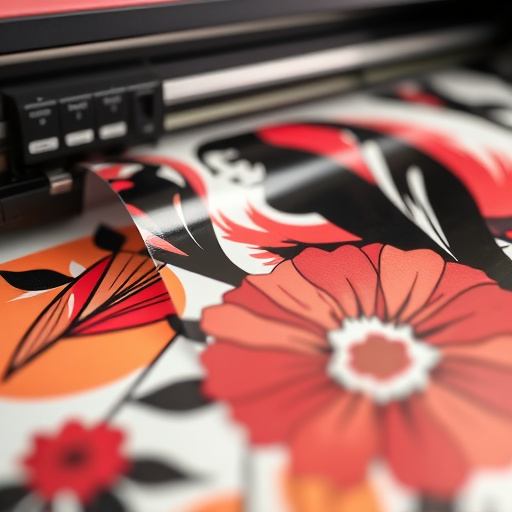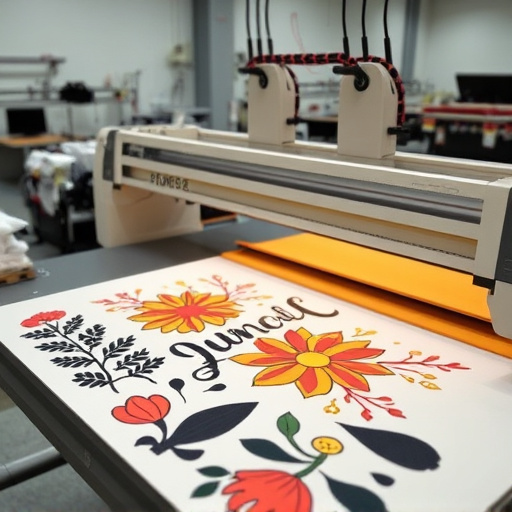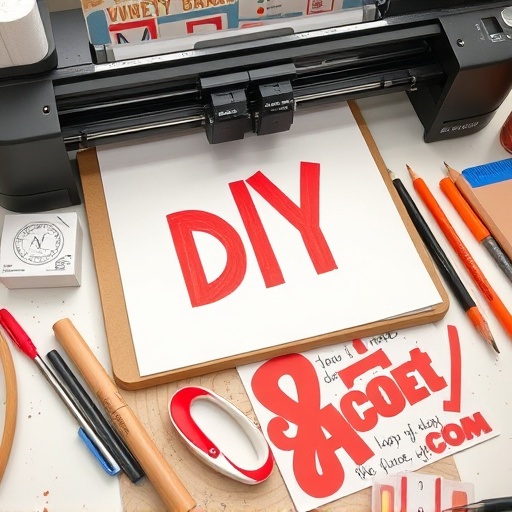The Direct to Fabric (DTF) printing revolution has transformed apparel design, enabling intricate patterns, vibrant colors, and personalized pieces with remarkable ease. DTF's versatility drives limited-edition items, custom apparel, and unique collaborations, catering to diverse consumer preferences. As DTF market trends grow, fashion enthusiasts can expect more innovative, personalized clothing designs, while also promoting sustainability through eco-friendly practices and reduced waste.
In the dynamic world of apparel printing, DTF (Direct to Fabric) market trends are ushering in a new era of creativity, efficiency, and sustainability. This article explores how DTF technology is unlocking unprecedented creative possibilities for designers while revolutionizing production with swift, precise printing methods. We delve into its environmental benefits, highlighting the shift towards eco-friendly materials and practices that are reshaping the industry. Get ready to discover how DTF trends are setting a new standard in apparel design and manufacturing.
- Unlocking Creative Possibilities: DTF's Impact on Apparel Design
- Technological Advancements: Speed and Efficiency in Printing
- Sustainable Revolution: Eco-Friendly Materials and Practices
Unlocking Creative Possibilities: DTF's Impact on Apparel Design
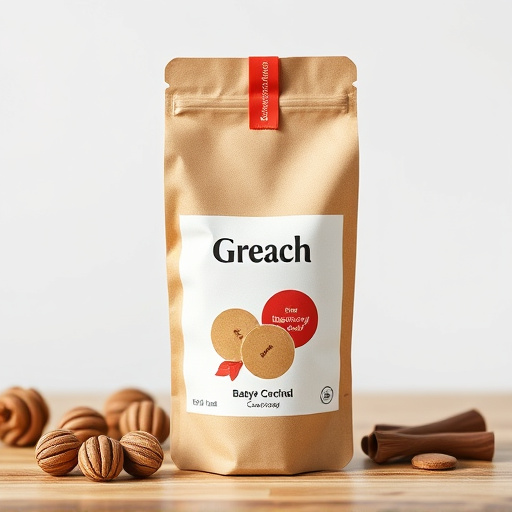
The rise of Direct to Fabric (DTF) market trends has unlocked unprecedented creative possibilities in the realm of apparel design. This innovative technology allows artists and designers to directly print onto fabric, eliminating the need for intermediate steps like screen printing or heat press methods. With DTF printing, intricate patterns, vibrant colors, and personalized designs can be achieved with remarkable ease and efficiency. This shift has encouraged a more playful and experimental approach in the fashion industry, as designers can now swiftly bring their visions to life on various garments, from t-shirts to hoodies.
Moreover, DTF printing for hoodies and other bulk DTG shirt production methods have made it easier than ever to cater to diverse consumer preferences and niche markets. The technology’s versatility enables the creation of limited-edition pieces, custom-made apparel, and unique collaborations, fostering a sense of individuality and self-expression among consumers. As DTF market trends continue to evolve, fashion enthusiasts can expect even more exciting opportunities for personalized and cutting-edge clothing designs.
Technological Advancements: Speed and Efficiency in Printing
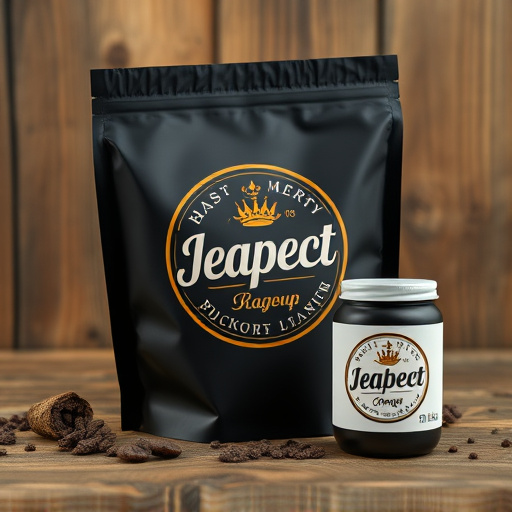
The apparel printing industry is experiencing a significant transformation driven by technological advancements, particularly in Direct to Film (DTF) printing methods. These cutting-edge solutions have revolutionized production efficiency and speed. DTF for t-shirts, for instance, now allows for intricate designs and vibrant colors to be printed directly onto fabric with remarkable precision. This technology enables printers to produce high-quality garments at an unprecedented pace.
With the help of advanced DTF printers, businesses can meet the growing demand for personalized and unique apparel. The direct to film printer plays a pivotal role in this shift, offering a streamlined process that reduces production time without compromising on design complexity or color accuracy. This has opened up new possibilities for both small-scale and large-scale apparel manufacturers, fostering innovation and enhancing their competitive edge in the ever-evolving DTF market trends.
Sustainable Revolution: Eco-Friendly Materials and Practices
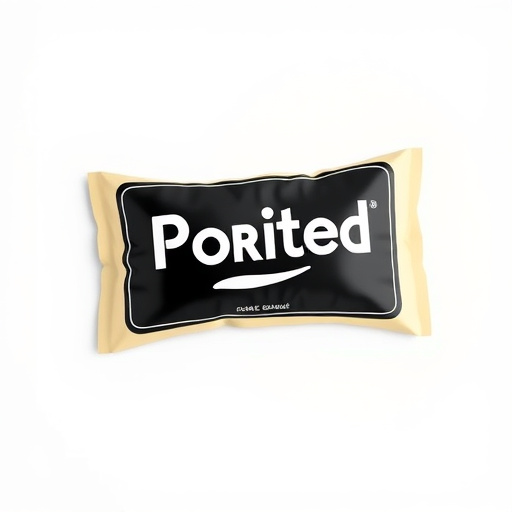
The apparel industry is witnessing a significant shift towards sustainability, and DTF (Direct to Fabric) market trends play a pivotal role in this revolution. As consumers become more environmentally conscious, brands are opting for eco-friendly materials and practices to produce clothing. This movement is not just a trend but a necessary step towards minimizing the fashion industry’s carbon footprint. One of the key aspects driving this change is DTF printing technology, which allows for precise and efficient customization on various fabrics, including light fabrics like linen and cotton, as well as popular items like hoodies.
By utilizing sustainable materials and DTF printing techniques, manufacturers can create custom t-shirts and other apparel while reducing waste and energy consumption. This approach not only benefits the environment but also caters to the growing demand for unique, personalized garments. With its ability to produce high-quality prints on demand, DTF printing for hoodies and light fabrics offers a versatile solution, enabling brands to offer customers stylish and eco-conscious options without compromising quality or design freedom.
DTF (Direct to Fabric) market trends are fundamentally transforming the apparel printing industry. By unlocking creative possibilities, enhancing technological advancements, and promoting sustainable practices, this technology is reshaping how we design, produce, and consume clothing. As the DTF market continues to evolve, brands and designers have an exciting opportunity to innovate, reduce their environmental impact, and meet the evolving demands of consumers.


